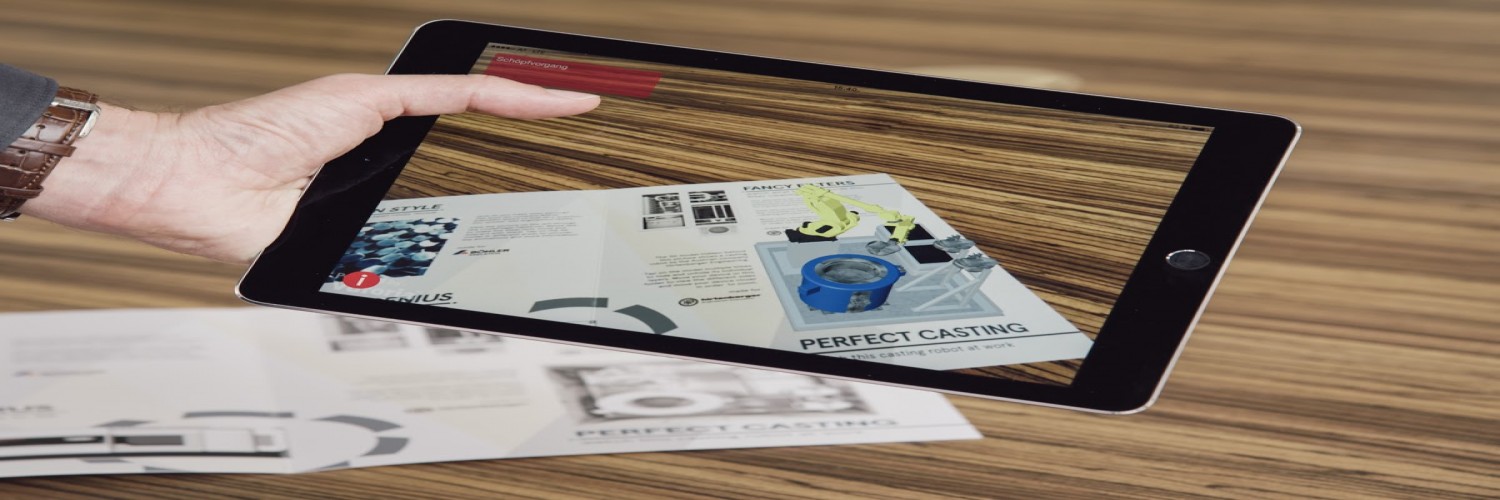Currently, whenever the term augmented reality is mentioned, mostly we think about the applications made for entertainment. But, we are just in the initial stages of this new technology, and it is growing really very fast. In next few years, we are going to witness its applications across all sectors and industries. The reason for fast pace of development is affordable prices of hardware and technology in general. Probably, the community which is most excited by the introduction of this technology are the designers. It enables them to create some amazing user experiences.
How is Augmented Reality Different from Virtual Reality?
Virtual reality cuts the user off completely from the physical world, whereas the augmented reality adds something in your physical world. Wearable devices mostly uses VR technology where they cut the user off from his real surroundings and take them to what is completely different.
Web Design and Augmented Reality:
The web design is being impacted by AR mainly through the medium of cameras. One of the examples of AR in business is the use of a mobile/desktop app where the user can upload a picture of their face and select a picture of earrings they would like to try. The application will put the earrings on their face and they can actually get a preview as if it is happening in reality. Similar concept is also used by fashion retailers and even eyewear retailers.
There are lots of other applications of AR, and they are increasing day by the day with the help of plugins being published in the market. One of the examples of such a plugin is WordPress VR. The technology is popular in both mobile and web designs.
How AR Will Impact Advertising?
The advertising industry will save a lot and earn more leads because they will be able to lure the potential customers by increasing their engagement and interaction before final sale. The ability of experiences the product increases the chances of sale.
AR and UI design:
It is not just the UI of the software applications that is going to change, but also the UI of physical products. The way they are designed is changing already so as to accommodate AR. As far as the software is concerned, they are also being developed so that they can be used with AR in mind. One example is AR version of Google translate where the user can point the camera to a text and it can get converted in a desired language.
Challenges Along the Way:
Developing the AR system will need evaluation of whether to take it all on mobile or include desktops as well? Most people are using mobiles more often than desktops (when it comes to personal usage). Keeping both in sync is a tough task as of now. The designers have to take care of the underlying technology along with needs/expectations of users and maintain that balance. They also need to have a thorough knowledge about what is feasible. All in all, it is challenging yet exciting and is going to revolutionize the way web is designed today.
